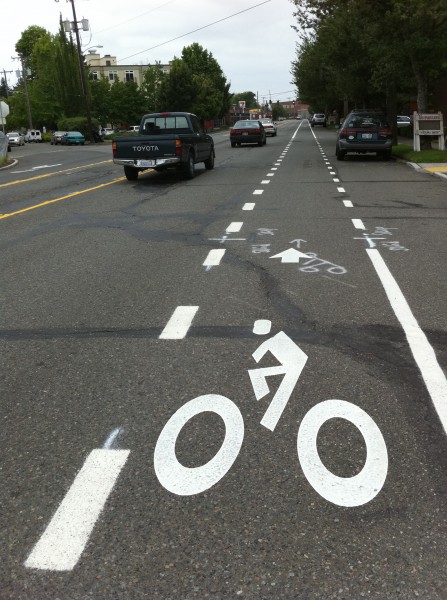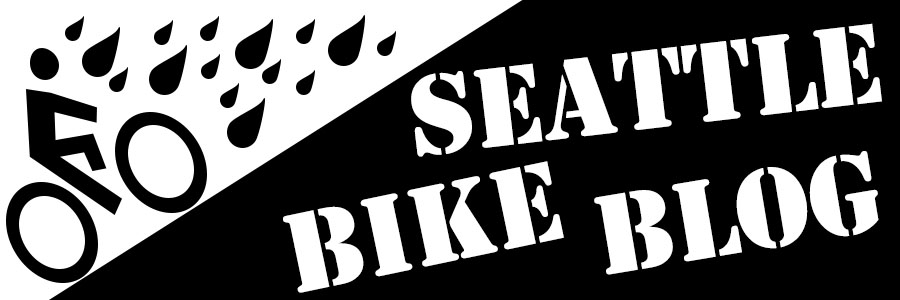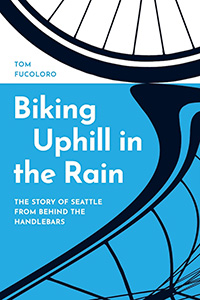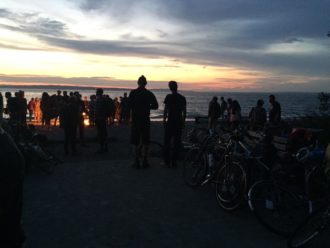 Unsurprisingly, reconfiguring Nickerson from having four general purpose lanes to having two, a center turn lane and climbing lanes for bicycles has calmed traffic while still maintaining road capacity, according to preliminary data.
Unsurprisingly, reconfiguring Nickerson from having four general purpose lanes to having two, a center turn lane and climbing lanes for bicycles has calmed traffic while still maintaining road capacity, according to preliminary data.
This project was awfully controversial, with business groups and car drivers claiming the project would bring Nickerson to its knees despite studies of similar streets that suggested otherwise. This debate was actually part of what insìred me to start this blog.
Data collected by the city of Seattle three months after implementing the controversial “road diet” on Nickerson (reducing the street from four lanes to two travel lanes and a turning lane, plus a bike lane on each side) show that the same number of cars have been able to use the street, and that traffic has slowed somewhat, since the city restriped the road.
SDOT traffic manager Eric Widstrand says the data are still preliminary; the city will continue to do traffic counts through the rest of 2011 and release a full report after the end of the year. However, so far, the study shows that car and freight traffic haven’t been harmed by the lane reduction, and that traffic has slowed to be somewhat closer to the 30-mph speed limit on the road.
“Capacity has not decreased,” Widstrand says. “We’re still able to accommodate” between 15,000 and 18,000 vehicles a day.
The typical speed of traffic on Nickerson, meanwhile, has gone down from 40-44 mph to 34-37 mph. “We aren’t slowing anyone down excessively,” Widstrand says. The new speeds remain higher than the 30 mph speed limit, but are still safer for cyclists and pedestrians. A pedestrian hit at 40 mph is about 85 percent likely to die; a pedestrian hit at 30 mph is about 40 percent likely to be killed.












Comments
8 responses to “Publicola reports: Nickerson changes appear to be working”
The new speeds are also safer for people in cars, where the risk of crash-related injury is similarly a function of speed and mass.
As someone who bikes up/down Stone Way every day I could never figure out why the Nickerson road diet was so controversial. The road diet hasn’t had any negative effects on Stone to either businesses or traffic. Add to that I regularly saw cars driving over 50 mph on Nickerson between 15th NW and the Fremont Bridge, it seemed like a no brainer.
Although I never bike down Nickerson, the slight climb when you bike westbound on Nickerson just before the Ballard bridge has to be much safer with a bike lane.
I drive and ride Nickerson multiple times a week and I feel much safer in the car as speeds have slowed substantially. I would routinely see people going in excess of 20mph over the speed limit. Plus, now I don’t fear for my life everytime I ride my bike between magnolia and fremont on Nickerson. The road diet was a long overdue change. Now, let’s just extend it from the Fremont bridge to South Lake!
Responding to Chris, the bike lane and/or sharrows disappear a little east of where Nickerson splits at 13th Ave. W, just East of the Ballard Bridge. It’s wide enough though so you aren’t forced into traffic.
[…] user, especially drivers and people trying to walk across the street (more on that coming soon). Early results from Nickerson showed that capacity had been maintained while average vehicle speeds were successfully lowered to […]
[…] of road diets did not learn from previous, very similar, drawn-out debates on Stone Way and Nickerson. In the face of the NE 125th St debate, David Hiller (still with Cascade) asked, “What are we […]
[…] year, Publicola reported that traffic volumes on Nickerson remained consistent, as the city had predicted. Average speeds dropped from over 40 mph to 34-37 mph, which is still […]
[…] Depending on your route, you can ride the brand spankin’ new ship canal trail, the redesigned Nickerson Street or the mighty fine buffered bike lanes along Dexter […]